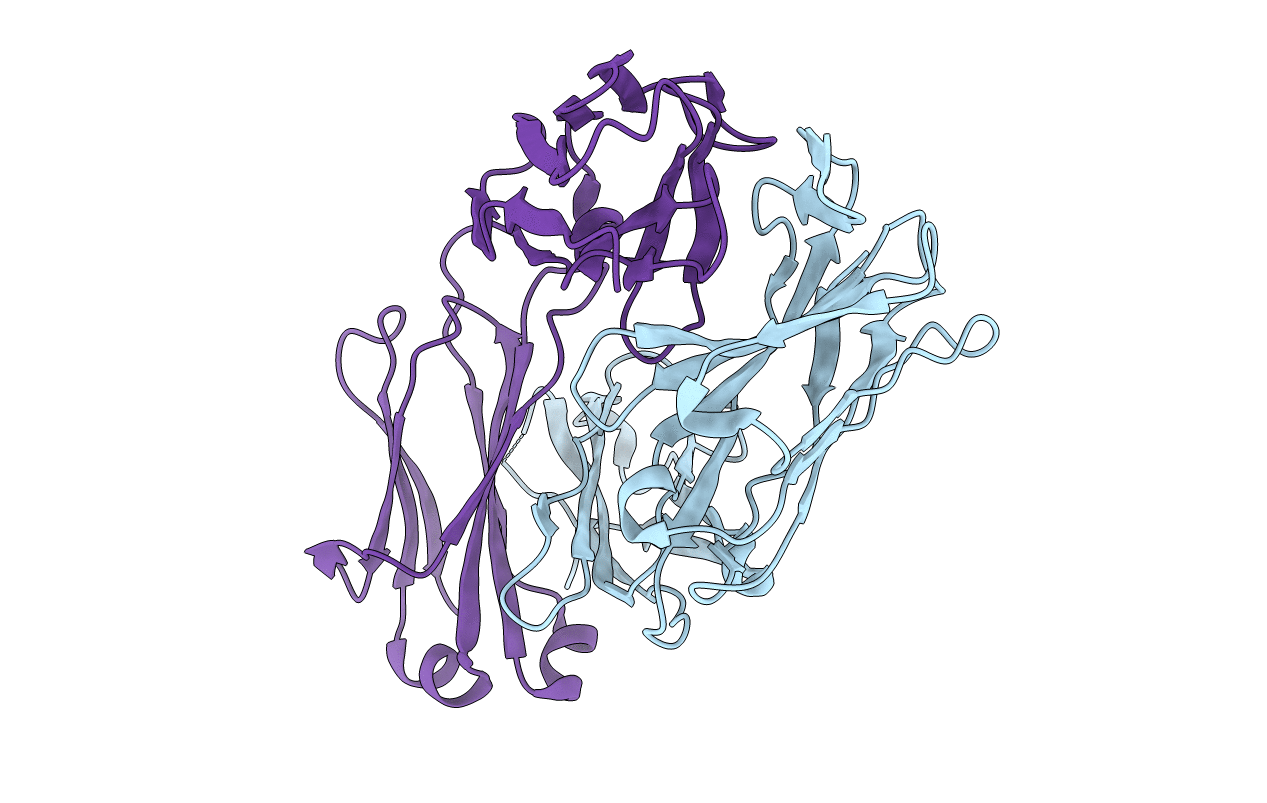
Deposition Date
2018-09-06
Release Date
2018-11-21
Last Version Date
2024-11-13
Method Details:
Experimental Method:
Resolution:
2.90 Å
R-Value Free:
0.25
R-Value Work:
0.22
R-Value Observed:
0.22
Space Group:
I 2 2 2


